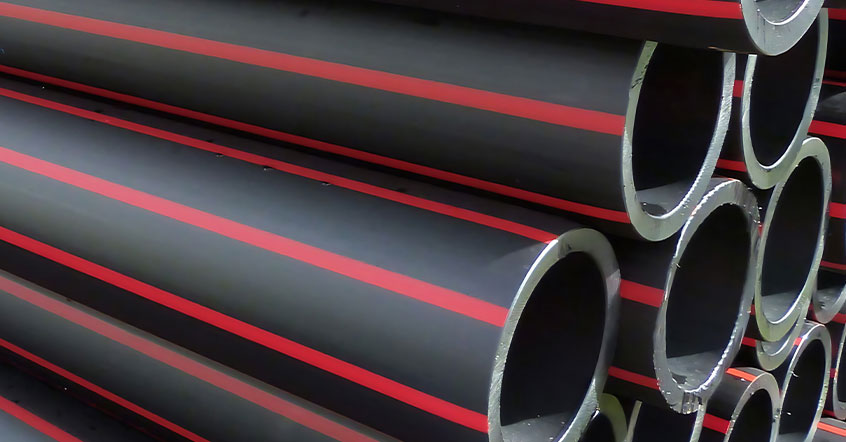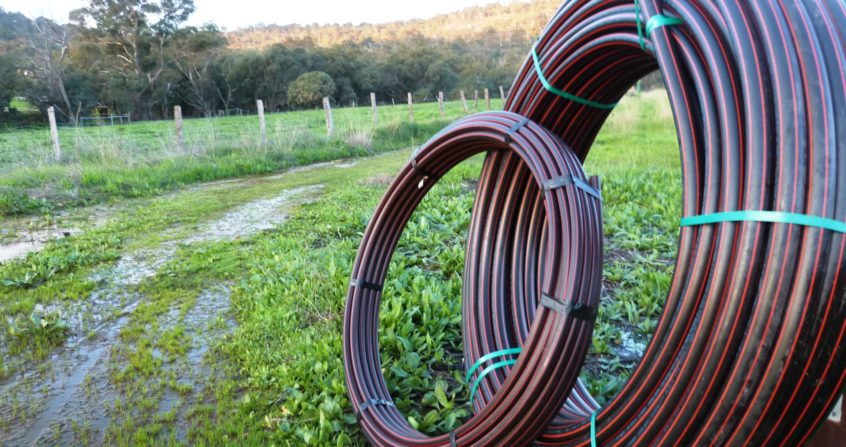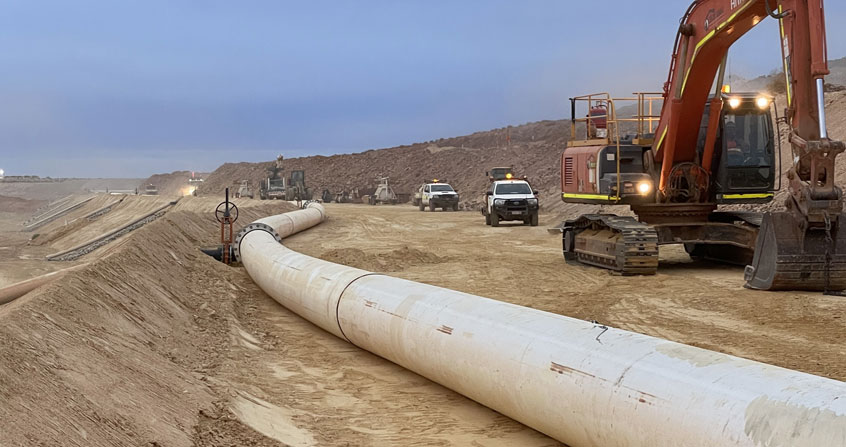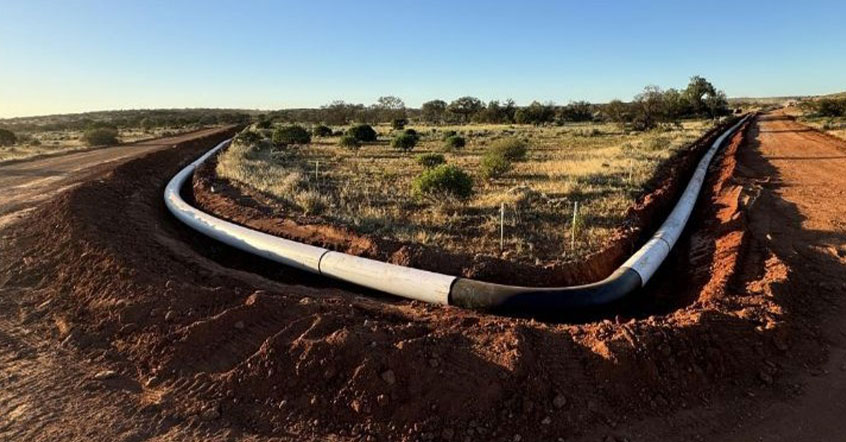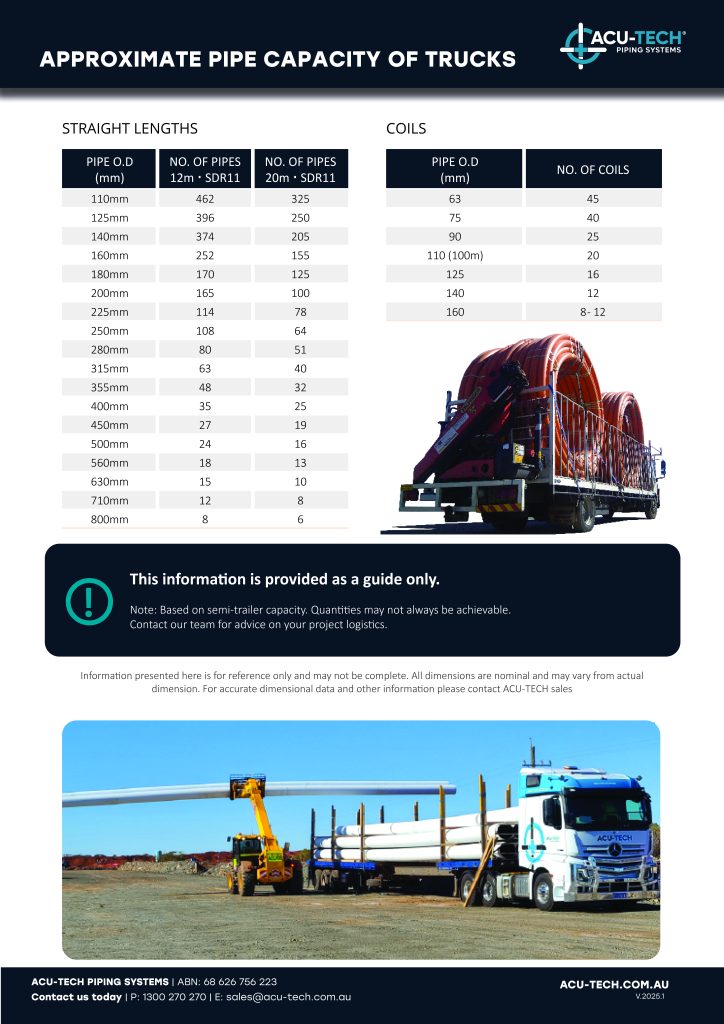HDPE pipe loading guide for safe transport in Australia
To assist with safe and efficient HDPE pipe loading, Acu-Tech Piping Systems in Australia, provides this comprehensive loading guide for semi-trailers. This guide details the optimal loading configurations for the following HDPE pipe dimensions
- HDPE Straight Lengths: 110mm OD to 800mm OD (12m & 20m lengths, SDR11)
- HDPE Pipe Coils: 63mm OD to 160mm OD
For convenient on-site reference, download the printable PDF version of our HDPE pipe loading guide for semi-trailers, detailing pipe capacity and safe loading practices here.
Please note
This information is a guide only, based on typical semi-trailer capacities. Actual quantities may vary. We recommend contacting our team for project-specific logistics advice

